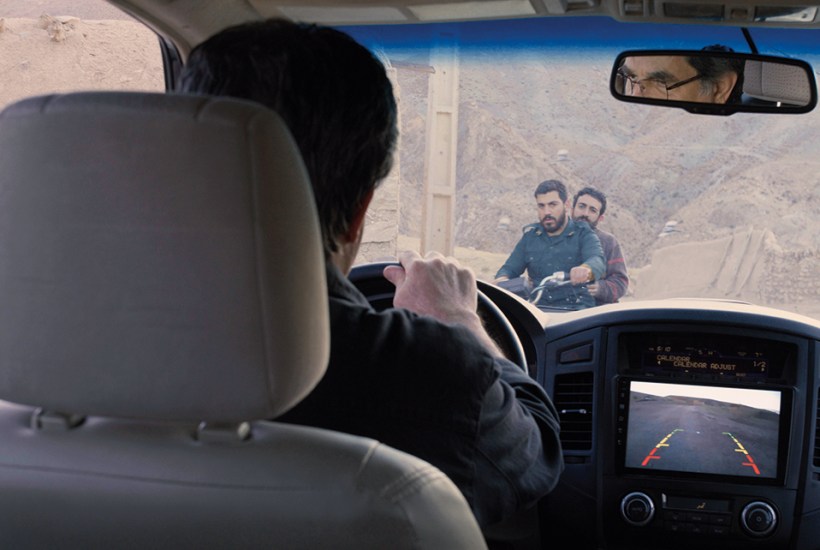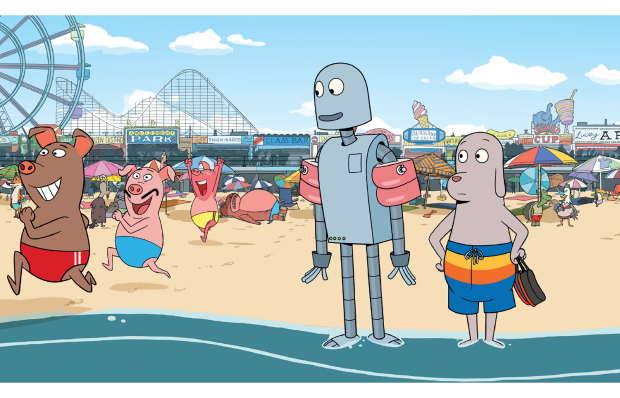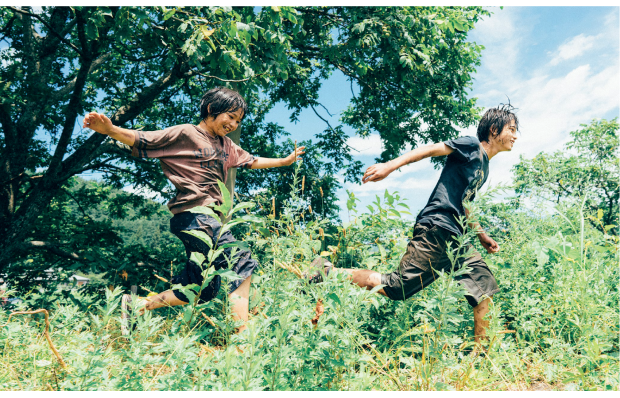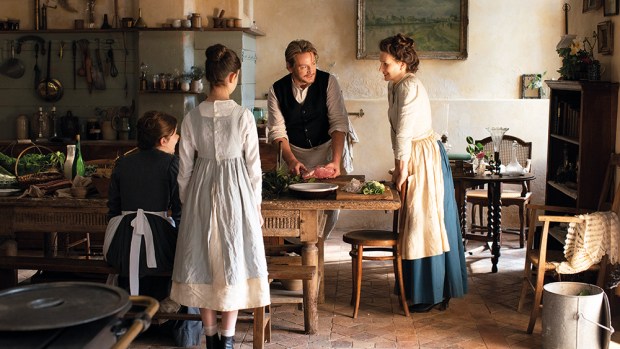Jafar Panahi’s No Bears is, first and foremost, a wonderful film. More than this, you don’t need to know but I’ll tell you anyway. Panahi, an Iranian filmmaker, was banned from making films by the Iran government in 2010 yet has persisted clandestinely. One of his films (This Is Not a Film) was smuggled to the Cannes festival on a USB stick buried inside a cake. No Bears was wrapped in May this year; Panahi was arrested in July, and now he’s serving a six-year prison sentence for ‘propaganda against the system’. To make a film, any film, against such odds, is astonishing, but one as truly wonderful as this? Mind-blowing.
Panahi plays a version of himself, so it’s auto-fiction which, in this instance, also says: I will not hide away. He’s a director renting a room in an Iranian village just over the border from Turkey where his latest production is set. He is directing remotely, internet connection allowing, and has relocated from Tehran as he wants to be as close to the action as possible. (He’s banned from leaving the country, just as the real Panahi was.) The film he is making is a love story about an Iranian couple who have made it to Turkey but are awaiting fake passports so they might flee to Europe. In addition, the actors in this film are themselves seeking to flee. Everyone is trapped somehow. Everyone wants to escape. But how, and to what?
The village scenes are fascinating in and of themselves because rural Iran is so foreign to us. The basic houses look as if they’ve been burped up by the stony landscape. The women cook using ground ovens, drawing pots out of the earth. Chickens scrabble everywhere.
The Panahi played by Panahi is more used to city life but he is not arrogant. Instead, he is affable, respectful, kind, understanding. He advises an old woman with aching bones on the benefits of magnesium tablets. He doesn’t even lose it when he has to teeter from the top of a ladder in search of the internet. The villagers are gracious if a little suspicious.
But tensions appear when he is drawn into a village dispute and is said to have taken a photograph of a young woman with her lover when she is betrothed to someone else. (She has, in fact, been betrothed since the day she was born and her future husband was named as her umbilical cord was cut.) The villagers and her intended want the photograph to prove she is seeing someone she shouldn’t, while Panahi vehemently denies he has ever taken such a picture. These people are also trapped. By their traditions, by the patriarchy, by superstition. He is told to watch himself on the village paths at night because of the bears but as he later discovers, there are no bears. ‘These stories are just made up to scare us,’ says a villager.
This is not an overtly political film at all. Mostly, you’re engrossed because of the characters and their narratives. Will Panahi swear on the Quran that he’s never taken such a photograph? Will either pair of lovers get away? Will the magnesium help the old woman’s aches? It’s extremely funny at points. There is a scene to do with politeness and taking off your shoes before entering anyone’s home that made me laugh out loud. But it’s deceptively simple: the more you think about it, the more layers there seem to be and the more you realise how much this film has to say about lives made small by restrictions that can, and do, result in tragedy.
This is a daring and brave film that, in a sense, is about the power of film itself. It’s also great cinema.
The post Astonishing cinema: No Bears reviewed appeared first on The Spectator.
Got something to add? Join the discussion and comment below.
Get 10 issues for just $10
Subscribe to The Spectator Australia today for the next 10 magazine issues, plus full online access, for just $10.
You might disagree with half of it, but you’ll enjoy reading all of it. Try your first month for free, then just $2 a week for the remainder of your first year.














Comments
Don't miss out
Join the conversation with other Spectator Australia readers. Subscribe to leave a comment.
SUBSCRIBEAlready a subscriber? Log in